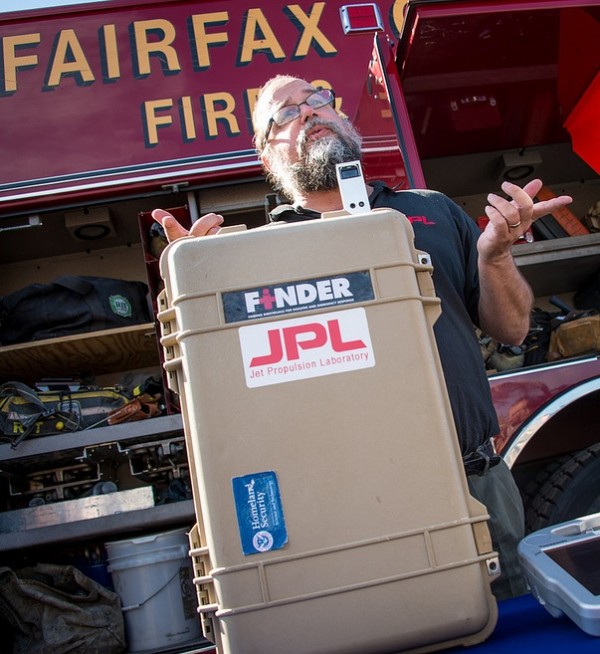NASA FINDER device saves four lives during Nepal earthquake
NASA’s Jet Propulsion Laboratory and U.S. Department of Homeland Security’s Science and Technology Directorate collaboratively build a new FINDER or Finding Individuals for Disaster and Emergency Response device that successfully saved the lives of four people in Nepal Earthquake just by detecting their heartbeats.
FINDER is a very portable device and comes just in a size of a suitcase. It weighs just about 20 pounds and can be taken anywhere during the rescue operations to save people fighting for their survival under the collapsed buildings.
The amazing part of this technology is that it uses a specially crafted microwave radar to locate people under the debris. FINDER can sense the heartbeats and even the breathing of those who are stuck.
It can easily detect the presence of the human body under debris within a range of 10 ft, which increases to 20ft in concrete and for the open field, same goes up to 100 ft.
FINDER helped the rescue team to save four people who were stuck under the debris of a textile factory and a collapsed building in the Chautara area, which is located in the east Kathmandu.
Finder’s task manager at NASA’s Jet Propulsion Laboratory, James Flux said, “I’m very gratified that it did its job – it’s the first time Finder’s been used in an actual disaster situation”.
Lux also explained the mechanism of the Finder. “It looks for the reflections coming back. The rubble reflections don’t move but the reflections from the people who are alive inside do”.
Without a doubt, the technology is a breakthrough for the rescue missions, and can speed up the operations during such tragedies. It can save a lot of lives, which we might lose during the search operations.
Nepal earthquake was one of the most tragic mishaps and took the lives of several. Our prayers are with those who lost their loved ones, and may God give them courage.
